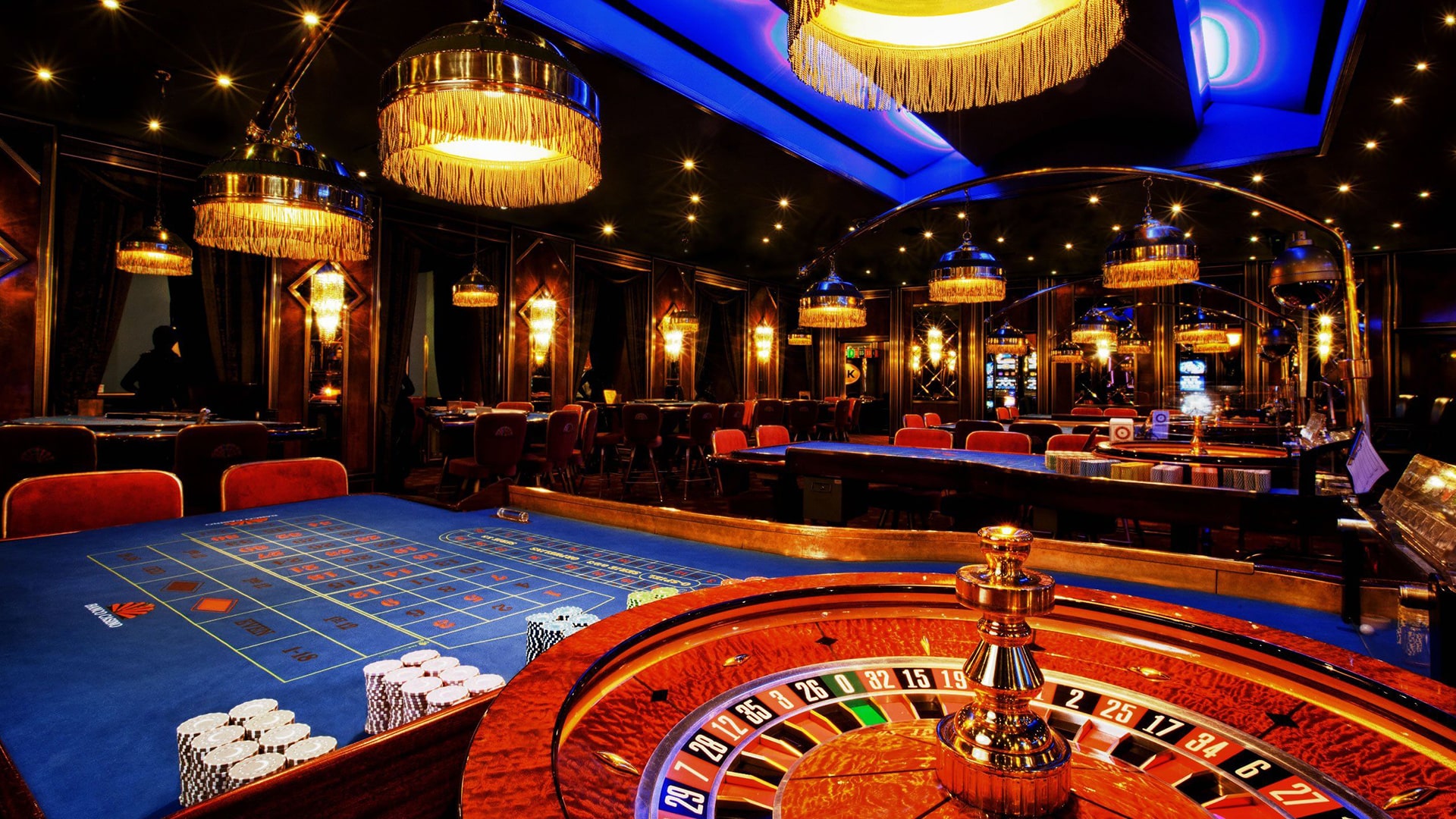The fascinating Psychology Behind Gambling Game Development

Casino experiences have long captivated the human imagination, drawing players into a world filled with luck, strategy, and the allure of thrill. Each game is meticulously crafted not just for fun, but also to evoke targeted emotional responses that keep players involved and interested. Understanding the motivations behind these designs reveals much about how human psychology plays a vital role in the gaming experience.
From the vivid lights and dynamic sounds to the sophisticated layering of systems and rewards, casino games are designed to create an atmosphere of excitement and eagerness. Game designers leverage mental cues to influence gambler behavior, whether through the use of jackpots, almost wins, or social connections. By examining these factors, we can better appreciate how casino games fulfill not just a desire for entertainment, but underlying psychological needs for adventure and risk.
Understanding Gamer Behavior
Casino games are engineered with a deep understanding of gamer psychology, which is vital for attracting and holding players. The rush of the game, combined with the expectation of winning, produces a powerful attraction. Game designers employ elements like sonic elements, dynamic graphics, and engaging gameplay to capture attention and elicit emotional responses. These sensory elements enhance the overall experience, making players feel more invested in the game.
Another significant aspect of player behavior is the notion of risk and reward. Casino games often manage high-stakes situations with the potential for considerable rewards, which can lead to the event known as near-miss experience. When players come near to winning, the brain releases dopamine, strengthening their behavior and prompting them to continue playing in quest of that hard-to-reach win. This cycle of anticipation and letdown plays a crucial role in how games are structured and marketed.
Lastly, community aspects also play a pivotal role in player behavior at casinos. Many games are made to be played in groups or alongside other players, nurturing a sense of community and shared experience. The social interaction inherent in games like blackjack enhances enjoyment and can lead to prolonged gaming periods. Designers take advantage on this by designing environments that invite players to stay, connect, and come back, making the overall casino experience more attractive.
The Role of Visuals and Sound
Imagery and sound play a vital role in improving the gambler’s experience within gambling games. Designers utilize bright colors, striking graphics, and engaging animations to attract gambler's attention and maintain their focus. The use of themes, such as adventure or opulence, helps create an immersive atmosphere that transports players into a different world. By connecting to the senses, these elements contribute to a intensified emotional response, encouraging players to interact more profoundly with the games. bensu4d daftar
Sound design is just as important in reinforcing the overall experience of gambling games. The mix of ambient music, audio effects for successful combinations, and environmental noises creates an sound landscape that keeps players fascinated. Sounds associated with victories, such as chiming bells or celebratory music, evoke feelings of thrill and satisfaction, encouraging players to continue playing. These sound cues are carefully placed to amplify the thrill of the game and create a more immersive experience.
Additionally, the synchronization of imagery and sound is essential for reinforcing the game's overall theme and mood. Each element should align harmoniously to create a unified experience that draws players in. The effective use of this integration not only improves user enjoyment but also increases the chances of return play, as players become more invested in the captivating world that the casino games offer. This thoughtful integration of visuals and audio ultimately enhances player involvement and commitment.
Reward Systems and Engagement
The development of casino experiences significantly depends on incentive systems to keep participants involved and returning for additional experiences. These systems are based in psychological theories that take advantage of human nature and desire. Participants are often motivated by the excitement of success, which is reinforced by instant feedback through the game structure's design. This instant gratification not just enhances the overall experience but also cultivates a sense of achievement, encouraging participants to keep participating in hopes of bigger gains.
Gaming establishments implement various reward structures, including jackpots, bonuses, and multipliers, to captivate players. These features create a layer of excitement that maintains engagement. Additionally, the unpredictability of outcomes plays a crucial role in sustaining interest. The intermittent reinforcement schedule, where wins are random but happen often enough, maintains participants on edge and motivated to continue participating. This loop of anticipation and anticipation is foundational to the success of gambling experiences.
In addition, community aspects, such as competitive events and multiplayer features, enhance the participation factor by leveraging the competitive nature of players. The communal aspect of gaming with others can intensify the thrill of winning and create a community atmosphere within the gaming space. By combining these community elements with effective incentive structures, casino games not only provide entertainment but also nurture a stronger connection among players, solidifying their commitment to the overall experience.
